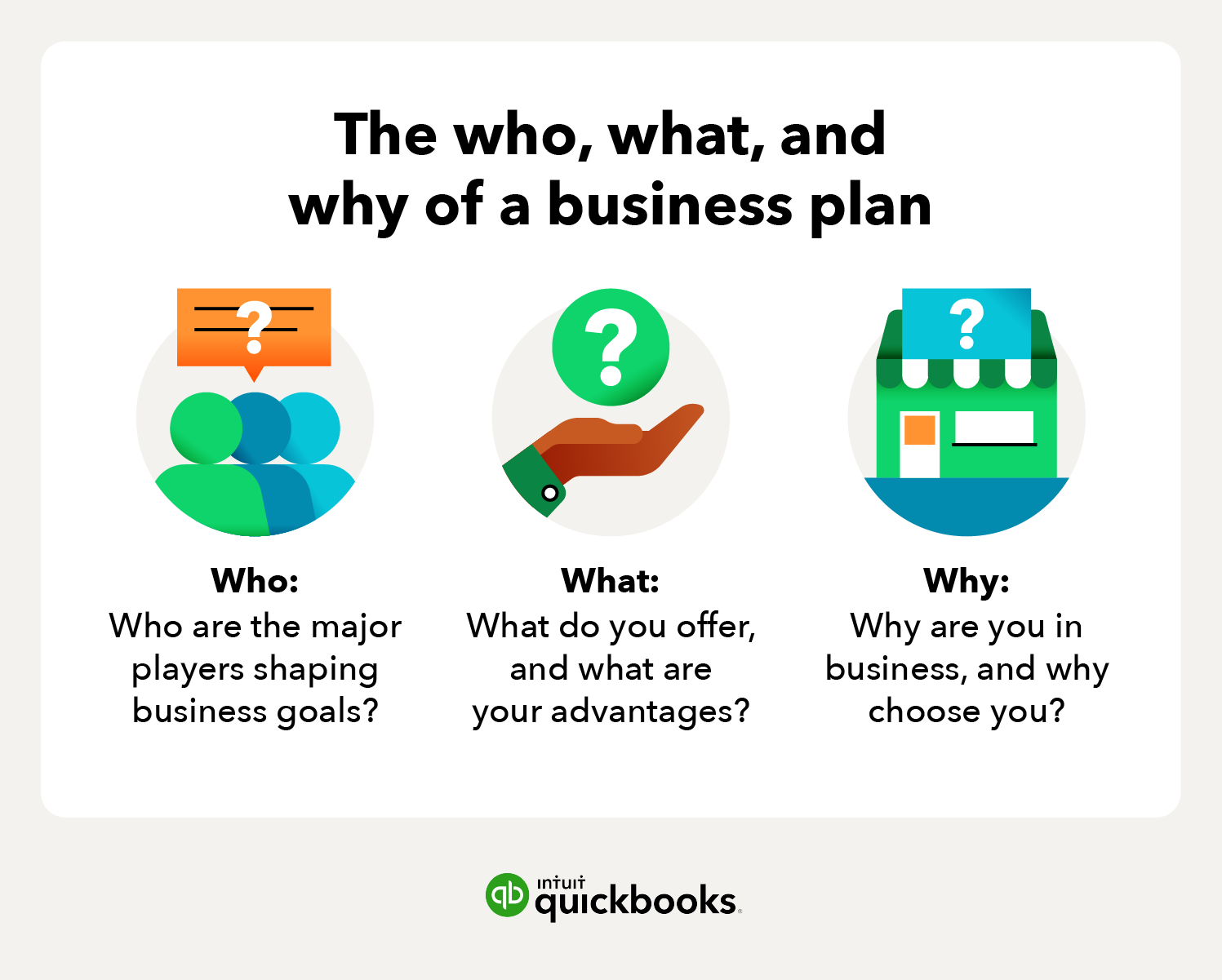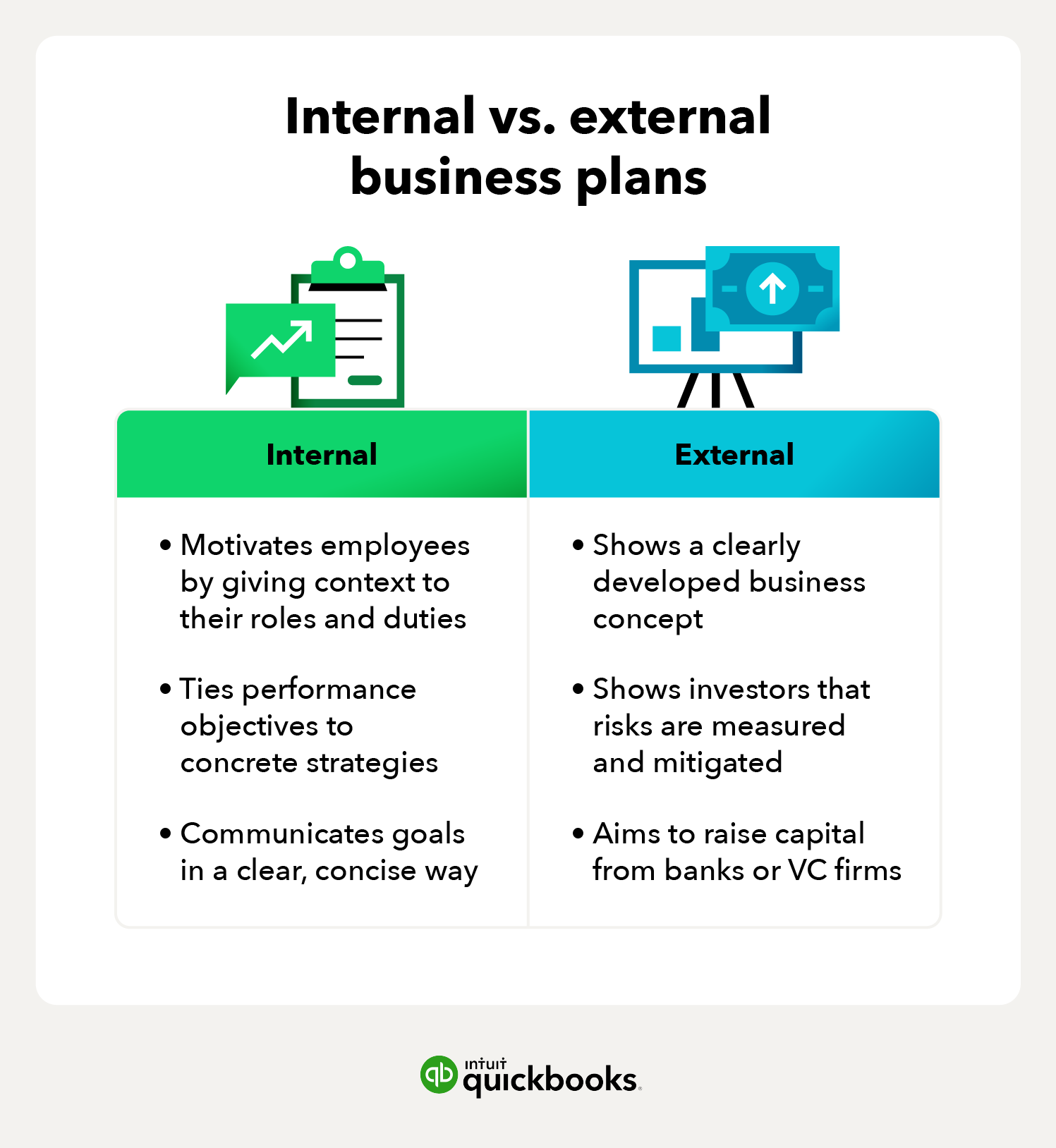Make your business plan stand out
Investors have little patience for poorly written documents. You want your business plan to be as attractive and readable as possible.
- Keep it brief. A typical business plan can range from 10 to 20 pages. As long as you adequately cover the essentials, less is more.
- Make it easy to read. Divide your document into distinct sections, so that investors can quickly flip between key pieces of information.
- Know your margins. List every cost your business incurs, and make sure that you’re assigning those costs to each product or service that you sell.
- Proofread. Double-check for typos and grammatical errors. Then, triple-check. Otherwise, you might risk your credibility.
- Invest in quality design and printing. Proper layout, branding, and decent printing or bookbinding give your business plan a professional feel.
- Be prepared in advance. Have everything ready to go at least two weeks ahead so you have time to make revisions in case of a last-minute change.
Updating your business plan
It’s a good idea to periodically revisit your business plan, especially if you are looking to expand. Conducting new research and updating your plan could also provide answers when you hit difficult questions.
Mid-year is a good time to refocus and revise your original plans because it gives you the opportunity to refocus any goals for the second half of the year. Below are three ways to update your plan.
1. Refocus your productivity
When you wrote your original business plan, you likely identified your specific business and personal goals. Take some time now to assess if you’ve hit your targets.
If you only want to work a set number of hours per week, you must identify the products and services that deliver the returns you need to make that a reality. Doing so helps you refocus your productivity on the most lucrative profit streams.
Also, use what you’ve achieved and the hard lessons you’ve learned to help you re-evaluate what is and isn’t working.
2. Realign with your goals
Do a gut check to determine whether all of your hard work is still aligned with your original goals and your mission statement. Ask yourself these questions:
- Are my goals still relevant?
- Am I still focused on the big picture?
- Where do I want to be a year from now?
- Will my existing plan still take me where I want to go?
These questions may be tough to answer at first glance, but they reveal your ties to your goals and what most likely needs to change to achieve new wins.
3. Repurpose your offerings
If your time has become more focused on small projects rather than tangible growth and building a valuable client list, consider packaging your existing products or services differently. Can you bundle a few things together?
You must deliberately manage your revenue streams, and that might require shuffling things around a little to focus on what is working for you.






